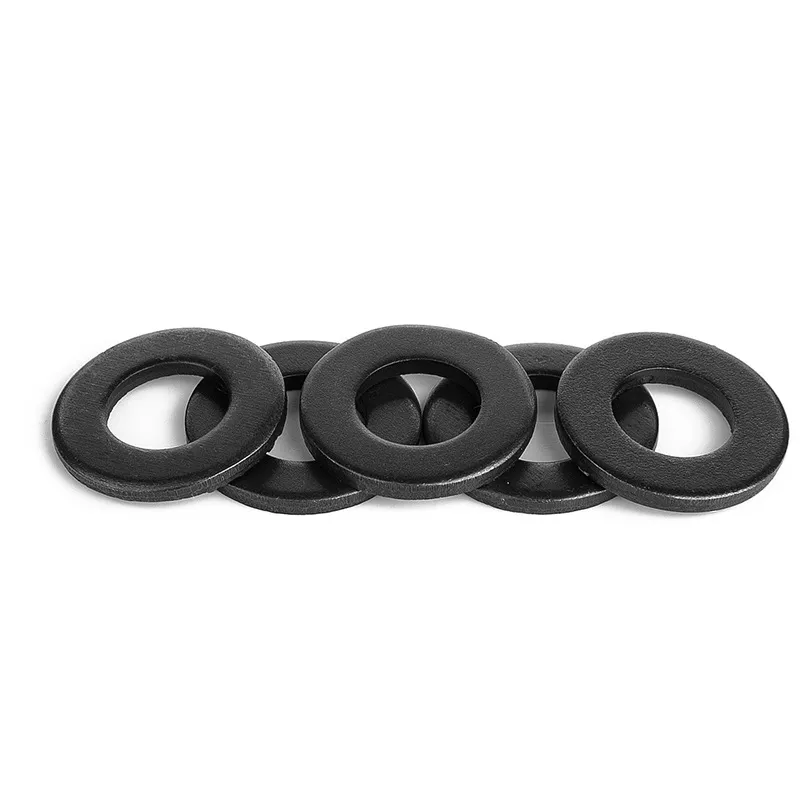

coned disk spring
Nov . 16, 2024 02:53 Back to list
coned disk spring
Understanding Coned Disk Springs A Comprehensive Overview
Coned disk springs, also known as Belleville springs, are unique mechanical components that have gained popularity in various industrial applications due to their exceptional load-bearing capabilities and compact design. These springs are characterized by their conical shape, allowing them to provide a high spring rate and significant deflection in a relatively small space. This article will delve into the design, functionality, and applications of coned disk springs, illustrating why they are favored in many engineering scenarios.
The fundamental design of a coned disk spring consists of a metal disk that is bent or formed into a cone shape. This geometry is critical as it provides a higher load-carrying capacity compared to traditional cylindrical springs. The cone shape allows for a stacking arrangement, enabling multiple springs to be combined to achieve various force requirements. This versatility is particularly advantageous in industries where space constraints are a significant concern.
One of the most remarkable features of coned disk springs is their ability to withstand high loads while maintaining a relatively small profile. When compressed, the spring does not only exert force, but its design allows it to maintain that force over a range of deflections. This characteristic makes coned disk springs especially suitable for applications that require consistent force over a distance, such as in clamping and fastening scenarios.
The material used in manufacturing coned disk springs typically includes high-quality alloys or stainless steel, which enhance durability and resistance to fatigue
. The choice of material plays a crucial role in the spring's performance, particularly in demanding environments such as automotive and aerospace industries, where resistance to vibration and environmental factors is essential. Proper heat treatment of these materials can further improve their load-bearing capabilities and longevity.coned disk spring

In practice, coned disk springs are often utilized in applications ranging from automotive suspensions to industrial machinery. For example, in the automotive field, they are frequently used in shock absorbers and suspension systems, offering improved stability and comfort. Their compact nature allows for efficient use of space, which is critical in modern vehicle design. In industrial machinery, these springs help in achieving reliable clamping forces in assembly operations, ensuring that components remain secure during use.
Moreover, the adaptability of coned disk springs extends to their configuration. They can be arranged in series or parallel to meet specific design requirements. When stacked in series, the deflection increases while the load capacity remains constant, making them perfect for applications requiring larger travel distances. Conversely, when arranged in parallel, the load capacity increases while deflection remains constant, providing a robust solution for heavy-load applications.
Another noteworthy benefit of coned disk springs is their performance under dynamic loads. They excel in applications where vibration is a concern, as their design allows them to absorb shocks effectively. This capability makes them an excellent choice for machinery that operates under fluctuating loads, thus prolonging the lifespan of both the spring and the overall system.
In conclusion, coned disk springs are an essential component in numerous engineering fields due to their unique shape, high load capacity, and versatility. Their ability to provide reliable performance in compact spaces makes them invaluable in modern applications, from automotive to industrial machinery. As technology evolves, the demand for effective and efficient spring designs like coned disk springs will undoubtedly continue to grow, highlighting their importance in contemporary engineering solutions.
Latest news
-
Hot Dip Galvanized Bolts-About LongZe|High Strength, Corrosion Resistance
NewsJul.30,2025
-
High-Strength Hot Dip Galvanized Bolts - Hebei Longze | Corrosion Resistance, Customization
NewsJul.30,2025
-
Hot Dip Galvanized Bolts-Hebei Longze|Corrosion Resistance&High Strength
NewsJul.30,2025
-
High-Strength Hot-Dip Galvanized Bolts-Hebei Longze|Corrosion Resistance&High Strength
NewsJul.30,2025
-
Hot Dip Galvanized Bolts-Hebei Longze|Corrosion Resistance&High Strength
NewsJul.30,2025
-
Hot Dip Galvanized Bolts - Hebei Longze | Corrosion Resistance, High Strength
NewsJul.30,2025

